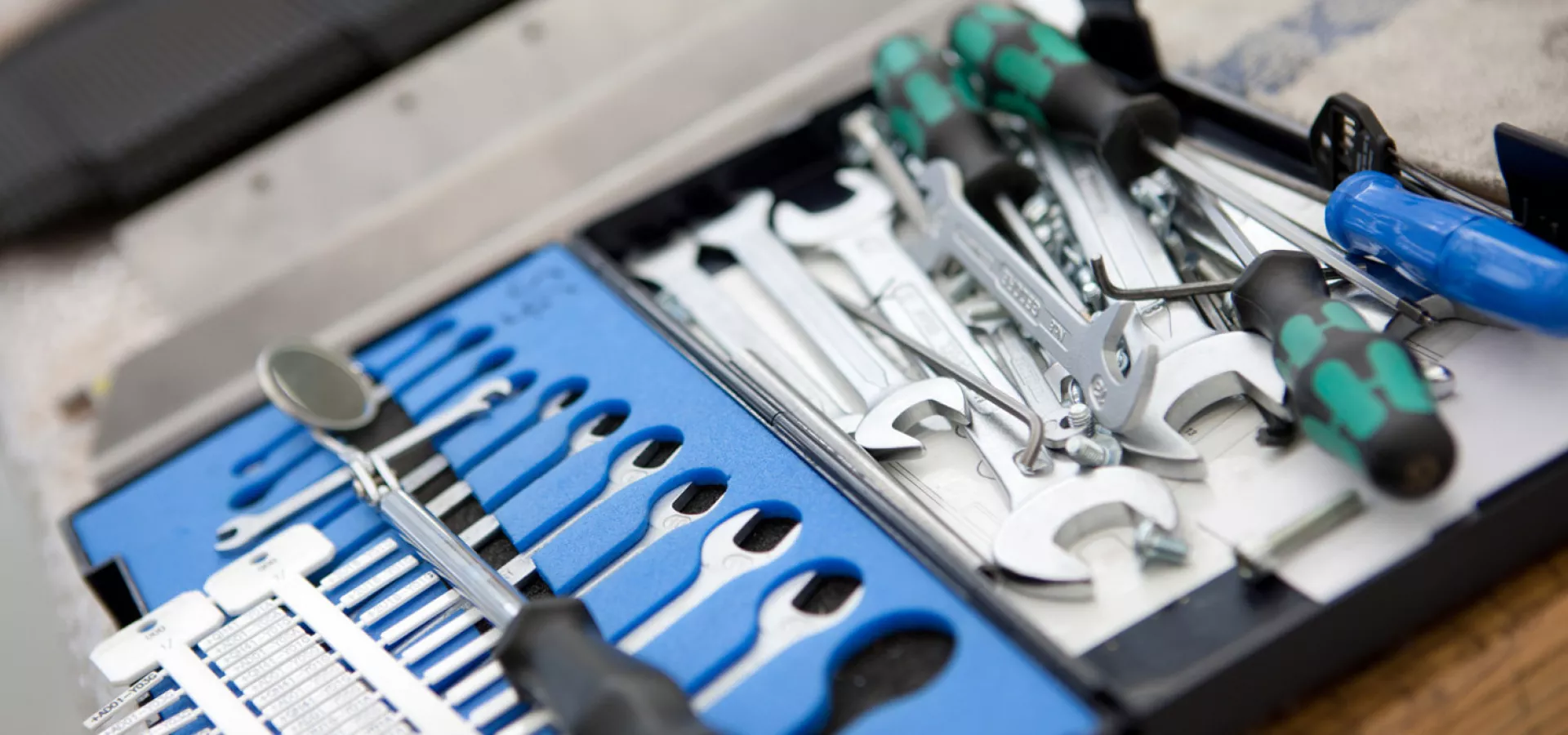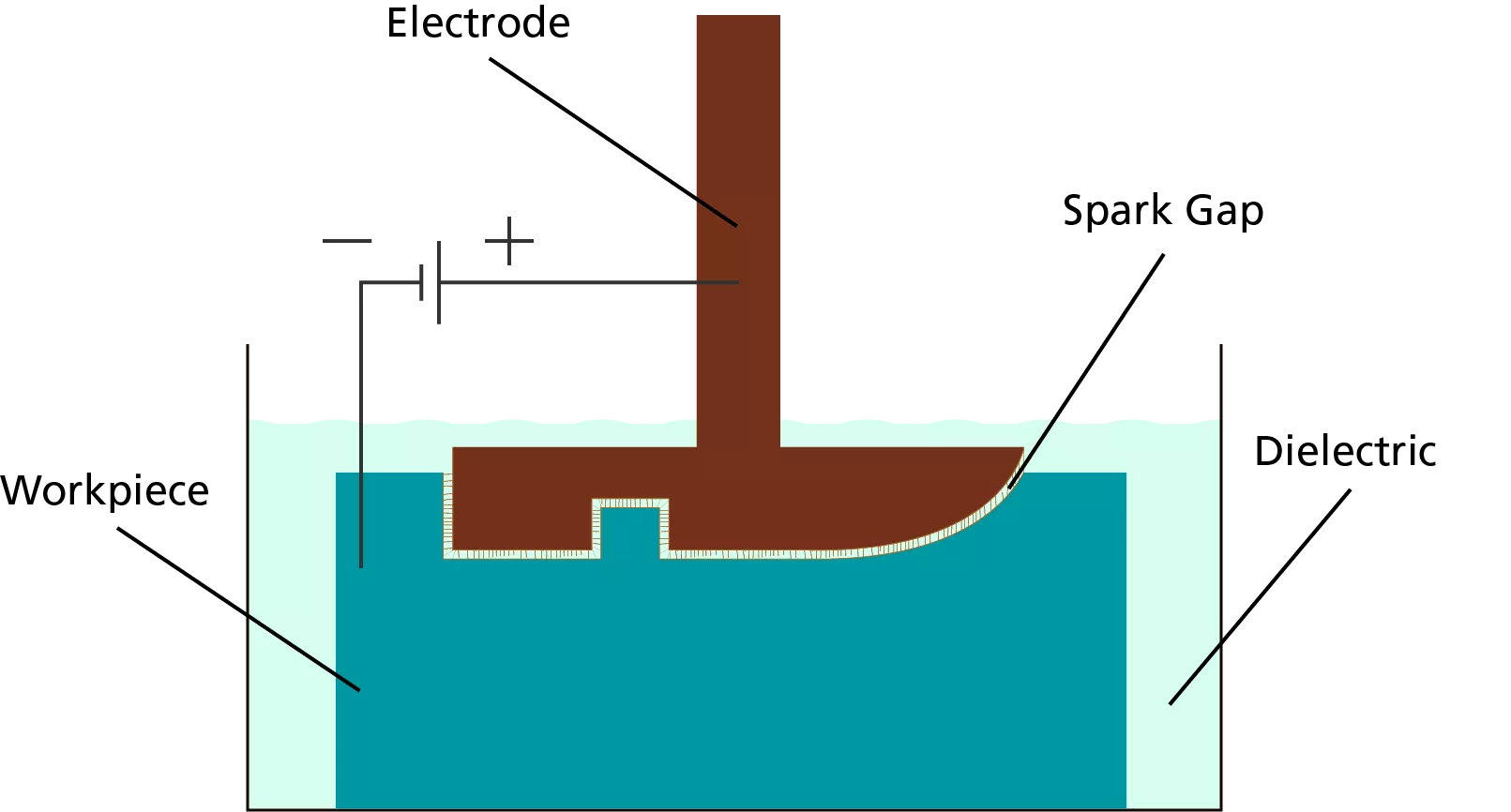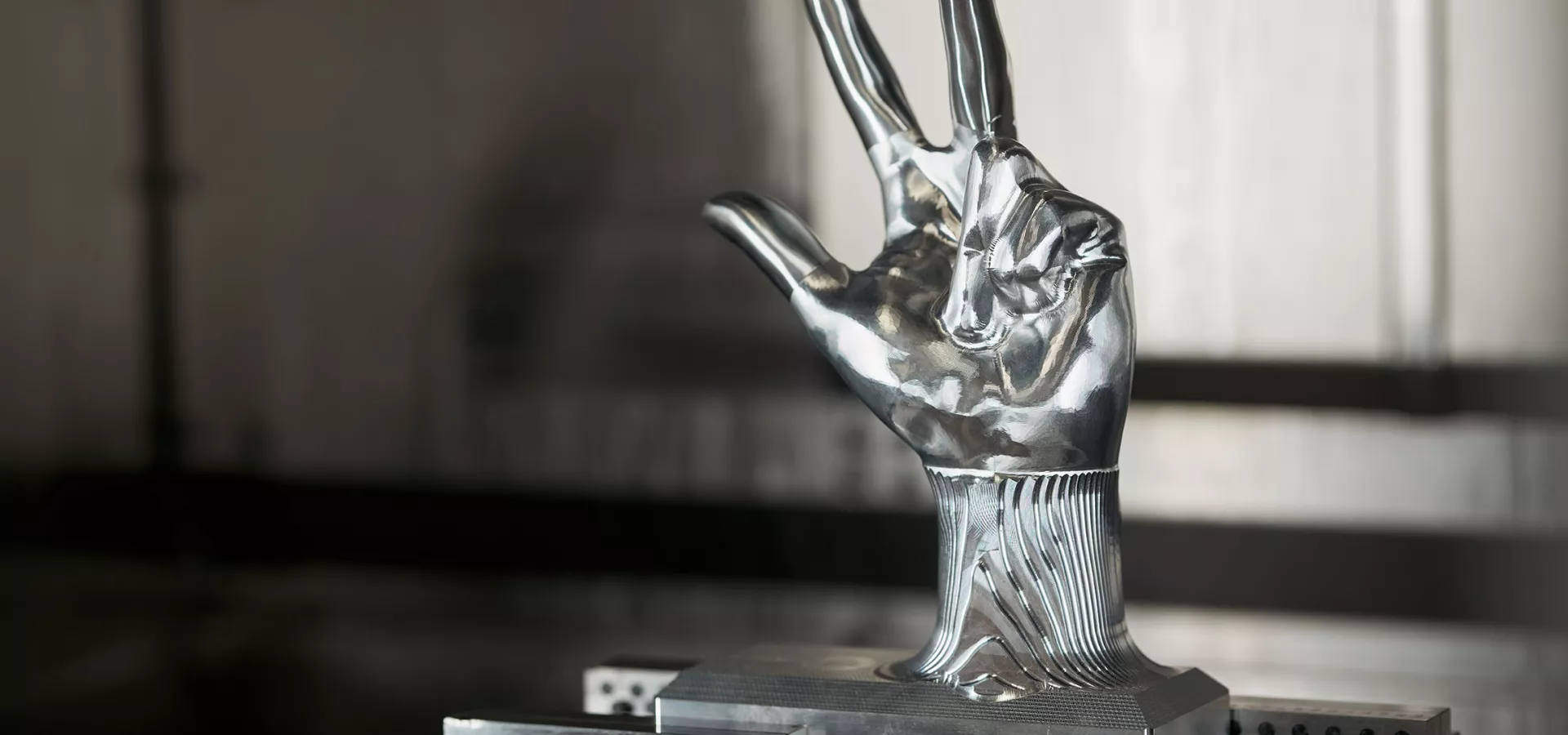
Die-sinking EDM - Contactless machining of hardest materials
The so-called die-sinking EDM is a process that can be classified in the field of spark erosion. This process is based on the scientific theories established as early as the 17th century concerning the erosive force of electric charges. Today, electrical discharge machining in general and die-sinking EDM in particular make it possible to machine electrically conductive materials with pinpoint accuracy. If these materials cannot be machined (precisely) with other techniques, or can only be machined insufficiently, die-sinking EDM can provide a remedy. The focus of die-sinking EDM is primarily on the production of injection molds and die-casting molds.
Metalworking with electric charge
Spark erosion is primarily used to machine metals that have electrical conductivity. A so-called electrode tool is used to generate sparks, which in turn strike the workpiece and cause controlled removal of the material. The entire process takes place in a non-conductive medium, also known as a dielectric. Normally, water or oil is used for this purpose. Spark eroding processes are composed of four different variants: Drill EDM, Wire EDM, Disc EDM and Die Sinking EDM.
In die-sinking EDM, a specially designed electrode must first be produced. This has the negative shape of the surface that is to be produced later on the workpiece. In the dielectric-filled bath, the electrode is brought to within a tiny gap of less than one millimeter of the workpiece. Only then does the spark generation begin, which ensures that the material is removed according to the specified shape on the surface of the workpiece. The size of the spark gap, as well as other parameters such as the intensity, frequency or duration of the discharges, have an effect on the amount of material removed from the workpiece and must be set precisely accordingly.

Advantages and disadvantages of die-sinking EDM
With the help of spark erosion, very hard materials can be machined precisely. Even complex and very fine surfaces can be realized on the workpiece. Accordingly, the implementation of injection molds and prototypes is one of the most widespread applications of die-sinking EDM. Die-sinking EDM also has the advantage that it softens the boundaries of the other variants of spark erosion: if wire erosion, for example, can primarily cut, die-sinking EDM is in some ways more akin to pressing, in which only the preset surface part of the workpiece specified by the electrode is actually machined.
Disadvantages of die-sinking EDM include the costly and time-consuming manufacture of the electrodes and their wear during use. It is often necessary to machine or rework the workpiece in several steps because of the so-called burn-off (erosion on the electrode). In addition, the complete process is limited to workpieces that have electrical conductivity.

